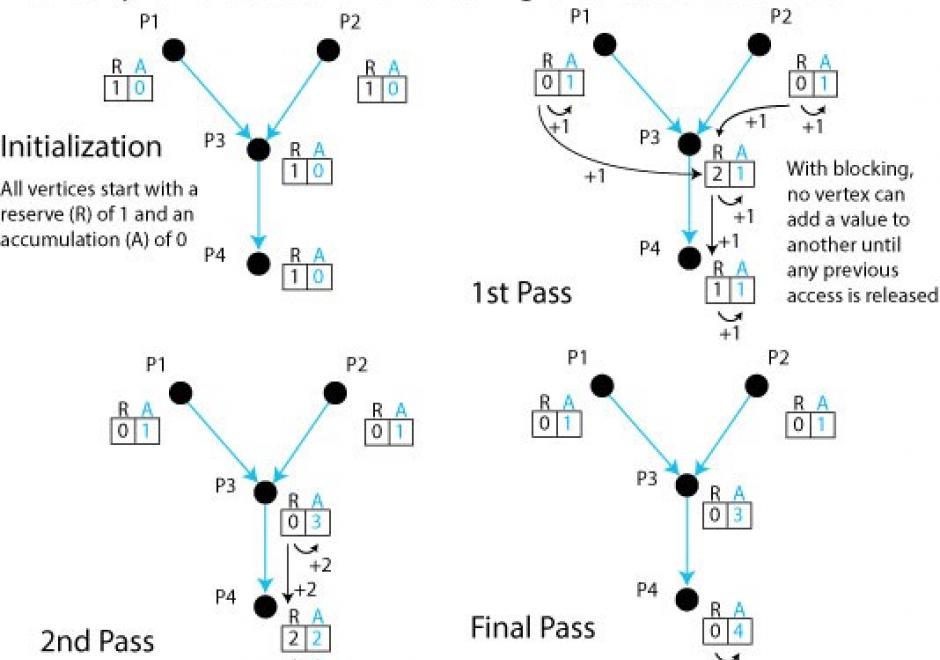AM-22 - Global Measures of Spatial Association

Spatial association broadly describes how the locations and values of samples or observations vary across space. Similarity in both the attribute values and locations of observations can be assessed using measures of spatial association based upon the first law of geography. In this entry, we focus on the measures of spatial autocorrelation that assess the degree of similarity between attribute values of nearby observations across the entire study region. These global measures assess spatial relationships with the combination of spatial proximity as captured in the spatial weights matrix and the attribute similarity as captured by variable covariance (i.e. Moran’s I) or squared difference (i.e. Geary’s C). For categorical data, the join count statistic provides a global measure of spatial association. Two visualization approaches for spatial autocorrelation measures include Moran scatterplots and variograms (also known as semi-variograms).





AM-81 - GIS-Based Computational Modeling
GIS-based computational models are explored. While models vary immensely across disciplines and specialties, the focus is on models that simulate and forecast geographical systems and processes in time and space. The degree and means of integration of the many different models with GIS are covered, and the critical phases of modeling: design, implementation, calibration, sensitivity analysis, validation and error analysis are introduced. The use of models in simulations, an important purpose for implementing models within or outside of GIS, is discussed and the context of scenario-based planning explained. To conclude, a survey of model types is presented, with their application methods and some examples, and the goals of modeling are discussed.